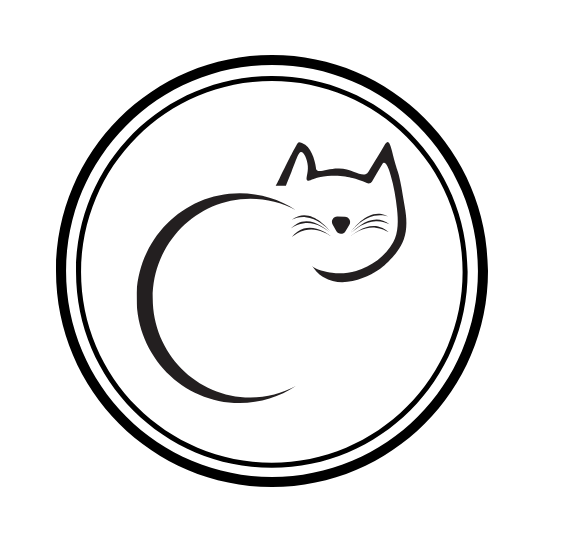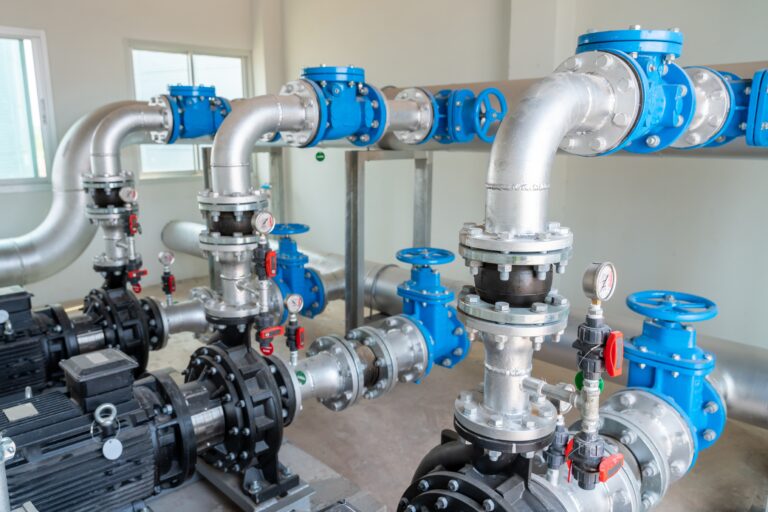A seal pot (reservoir) is a barrier or buffer fluid tank used in dual-seal pump arrangements to isolate process fluid and lubricate the seals.
In API plans 52/53 series, the seal pot maintains a controlled fluid environment between the inboard (primary) and outboard (secondary) seals. For example, Plan 52 uses an unpressurized external seal pot that gravity-feeds a buffer fluid into the seal gland.
In contrast, Plan 53 (barrier fluid) keeps the fluid pressurized above seal chamber pressure. Plan 53 has three variants:
- 53A uses a nitrogen-blanketed seal pot
- 53B uses a bladder-charged accumulator
- 53C uses a piston accumulator with a live pressure reference line.
In all cases the reservoir circulates clean fluid through an internal pumping ring or pump to flush and cool the seal faces.
Filling Procedure (Initial Fill or Refill)
- Preparation. Verify all valves on the system are set to allow flow from the seal pot to the mechanical seal (seal supply and return lines open). Block the vent/gas connection temporarily closed (for Plan 53) to fill under no pressure. Make sure the vent/drain valves are closed. Ensure the pump is off and de-energized.
- Clean & Inspect. If this is a new install or after maintenance, flush the reservoir and lines with compatible fluid to remove debris. Inspect sight glass (or level gauge) and clean. Check that the FILL port and VENT port on the pot (often labeled F and V) are identified.
- Fill the Pot. Connect a fluid transfer hose or funnel to the FILL connection. Slowly pump or pour fluid into the reservoir until the level reaches the midpoint of the sight glass (Normal Liquid Level). Do not overfill – leave headspace for pressurization. If a sight glass is not available, fill to ~75% of pot volume as per manufacturer instructions.
- Vent Air (Unpressurized Plans). For Plan 52 (unpressurized), open the vent briefly to purge air while filling, then close the vent and attach a flare line or vapor recovery. For Plan 53A, keep the N₂ supply off initially, but crack open the vent valve slightly to let trapped air escape as fluid is added. Continue adding fluid until only liquid comes out of the vent. Then close and plug the vent line. This ensures air is flushed from the lines and seal chamber.
- Check for Leaks. Inspect all connections, valves, and tubing while the system is still unpressurized. Tighten any loose fittings.
Pressurizing Procedure
- Plan 52 (Unpressurized). No external pressurization is used. Barrier (buffer) fluid is circulated only by pump ring and thermosyphon. Instead, ensure the pot vent is connected to flare or closed to atmosphere so pressure remains ~atmospheric. The pot itself operates at roughly seal chamber pressure (slight hydrostatic head).
- Plan 53A (Nitrogen-blanket):
- Attach the nitrogen regulator to the N₂ cylinder. Set the regulator output initially to a moderate pressure (e.g. 30–40 psig above anticipated process pressure). Make sure the block (supply) valve is closed.
- Purge Cycle. To remove dissolved air/oxygen, it is good practice to “bubble” N₂ through the fluid. Slowly open the N₂ supply valve and the bleed/vent valve. Pressurize the reservoir to ~30 psig (2 bar), then slowly vent down to 2–5 psig. Repeat this cycle several times (4–8 times) until no more air is seen venting. (This minimizes O₂ content.)
- Set Barrier Pressure. With vent closed (block valve shut, bleed closed), gradually increase N₂ pressure to the target barrier pressure (usually 20–30 psi above the pump’s maximum seal chamber pressure). For example, if the highest seal pressure is 100 psig, set barrier to ~125 psig. Increase pressure slowly and watch the gauge. Avoid rapid pressurization to prevent surges.
- Stabilize. Allow the pressure and fluid temperature to stabilize (typically 10–15 minutes). Check the gauge; if it drifts, confirm there are no leaks. Keep the vent/block valve closed during operation.
- Final Checks. Lock down the regulator and bleed valves once set. Place a tag stating the barrier setpoint. Record the initial gauge reading and fluid level for future reference.
- Plan 53B (Bladder-accumulator):
- The bladder accumulator is pre-charged with nitrogen on one side, and the reservoir holds the fluid on the other side. Begin by charging the bladder gas side via its Schrader or valve: use N₂ to pressurize the bladder to just below the desired barrier pressure (e.g. 20–30 psi under target). Typically the bladder is charged from the outside; consult the accumulator manufacturer’s instructions.
- With the bladder charged, fill the fluid side as above. The fluid will compress the bladder and raise the pressure. Continue pumping fluid into the reservoir through the fill port until the system gauge reaches the required barrier setpoint. If necessary, top off the N₂ pressure to reach exact target.
- Adjust & Balance: Since bladder pressure will change as fluid leaks or temperature changes, set a high (full) and low (alarm) pressure. The bladder should be pre-charged at or slightly below the full set point. Mark and document both pressures.
- Secure Valves: Close all valves and ensure no continuous N₂ flow (unlike 53A, once charged a 53B usually does not need a permanent gas supply).
- Plan 53C (Piston-accumulator): The piston design maintains a fixed pressure ratio. In general:
- Ensure the reference pressure line from the pump’s seal chamber is connected to the accumulator’s hydraulic side (per manufacturer instructions) and that any sensing line is open.
- Fill the barrier side reservoir with fluid as usual. There may be a separate oil fill for the piston chamber. The piston will automatically generate barrier pressure as a multiple of the reference pressure.
- Adjust any external pressure setting valves or regulators if provided. Vent any air as per the manufacturer. (Plan 53C systems are often factory-adjusted and may require professional setup.)
- Caution: Always follow the supplier’s specific startup procedure for Plan 53C equipment. Ensure the reference pressure connection is leak-free; this is critical.


